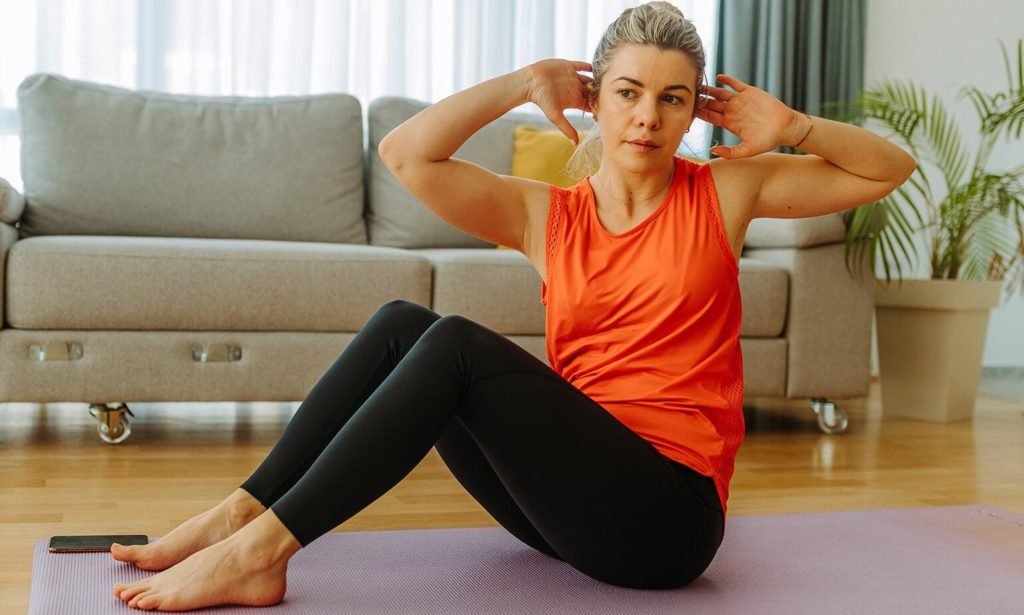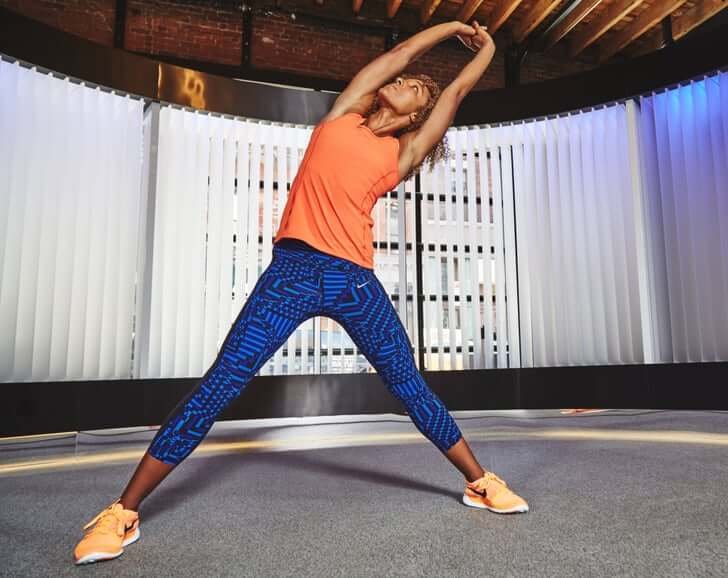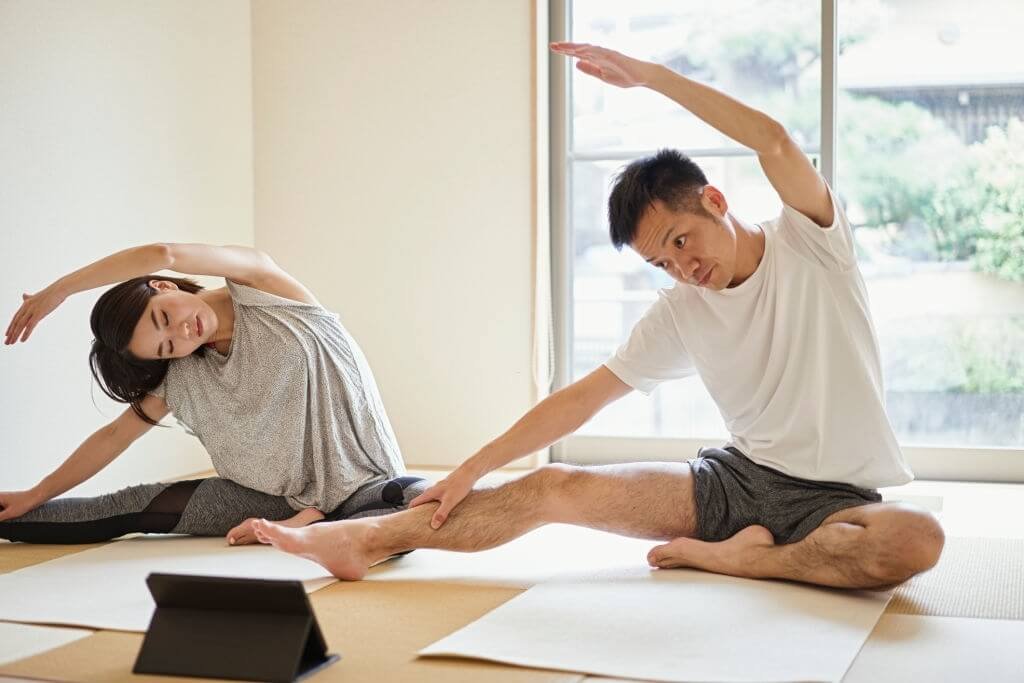For those who regard exercising as an important part of their daily routine, it would be a bit difficult to stay idle after getting diagnosed with COVID-19. But we all know rest is inevitable to take the best care of your health, especially to have a faster recovery from the deadly virus. And it’s also essential to be careful and watch out for some factors if you are planning to get back to the workout pattern that you usually follow.
So, if you are so confused, and thinking about whether you can return to your daily exercise routine right away after your recovery from COVID-19, this article could be worth a read. Because it will guide you on how to safely return to your daily workout regimen.
Contents
Things To Keep In Mind
If you had mild to moderate COVID-19 infections, and are currently symptom-free, there will not be any trouble for you to safely return to exercise.

However, you must not be experiencing any related complications except the loss of smell and taste.
The 50/30/20/10 Rule
As per the guidelines of Dr. Metzl, and colleagues that were given in the HSS Journal, the length of your typical fitness routine should be cut off. This means you can follow 50% of the activities and moves that you usually do during the initial week. For the second week, it is ideal to cut the length of your physical moves by 30%. As long as you feel good, you should follow this pattern and you are safe to cut it again by 20% more and increase your moves in the third week. Then, you can cut 10% of your workout routine length.
If you are back to the usual workout length, then you can bring your moves to the next level by adding to its intensity. Even Though you may feel it is a bit easier, three are people who require a bit more time to return to their usual workout length. If you belong to that category, it doesn’t matter even if you take a month or two or even more to get on track.
A Few Suggestions
You may experience breathing difficulty and feel it is not as easy as you did it before. If so, there is nothing wrong if you feel breathless, as it will gradually disappear. But if you want to do something about it immediately, you can try deep belly breathing to help rebuild your muscles which support the lungs. However, it is better to begin slowly and do short amounts of exercise.
Low-Intensity Cardio
You can try low-intensity cardio activities such as mellow walks, bike rides, slow running, or other games that require not much of your physical strength.

Beginning with them will help you build back your heart and lung strength safely without making your symptoms get worse.
Importance Of Stretching
Since it has been a couple of weeks or more that you were inactive, and you have spent most of the time on the bed, chances are great that your muscles can be tensed up.

The long hours of idleness, whether you were sitting or lying down, can lead to tightening both the upper and lower body muscles. And to get rid of the stiffness, stretching and lengthening them can help.
Red Flag Symptoms
Returning to your usual workout pattern could be difficult, and you may encounter some red flag symptoms. These are the signals that indicate that you should stop whatever you are doing. If such complications last longer, it is necessary to seek medical help and take a rest. And when you fully recover from it, plan to ease up things from your next workout session onwards.
The red flag symptoms you may experience during your post-COVID-19 workout include:
- Chest pain
- Heart palpitation
- Nausea
- Headache
- Dizziness
- Lightheadedness
- Higher heart rate
- Intense fatigue
- Vision loss of vagueness
- Rapid or shortness in breathing
If you have recently recovered from COVID-19 and are about to return to your previous lifestyle, there is nothing wrong with doing that. But when it comes to exercise and fitness, it is necessary to do it with care. And to keep things intact, it is ideal to seek the help of your doctor. Because he is the right person who can show you the most appropriate and best way to do it for you.
You may also read : Some Working Exercise Tips For Beginners At Home
